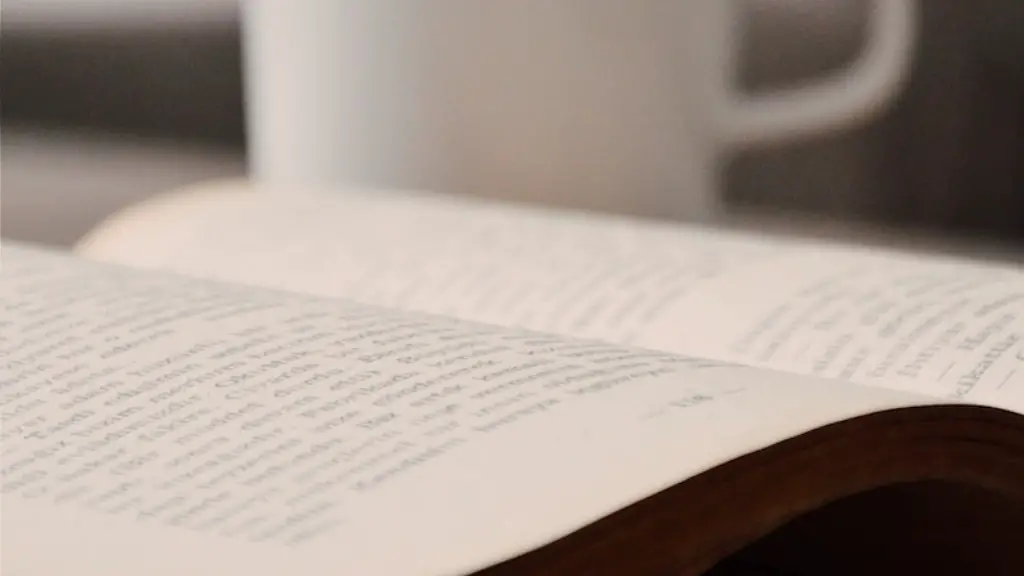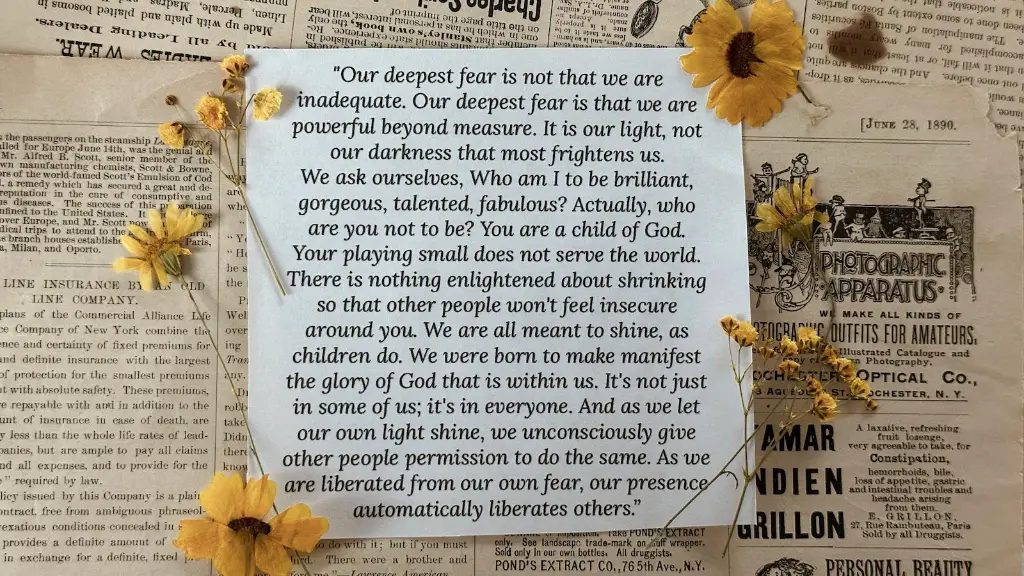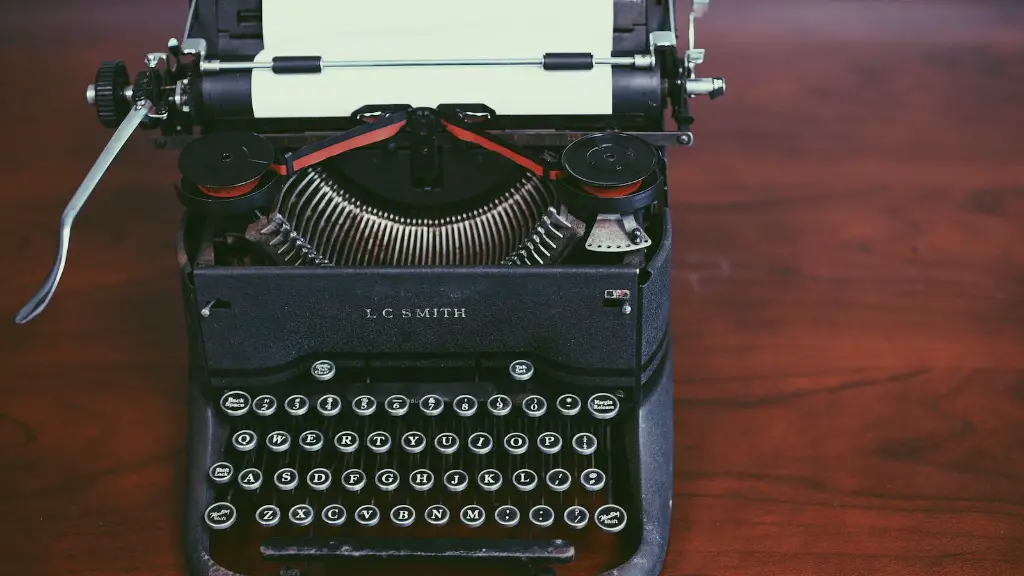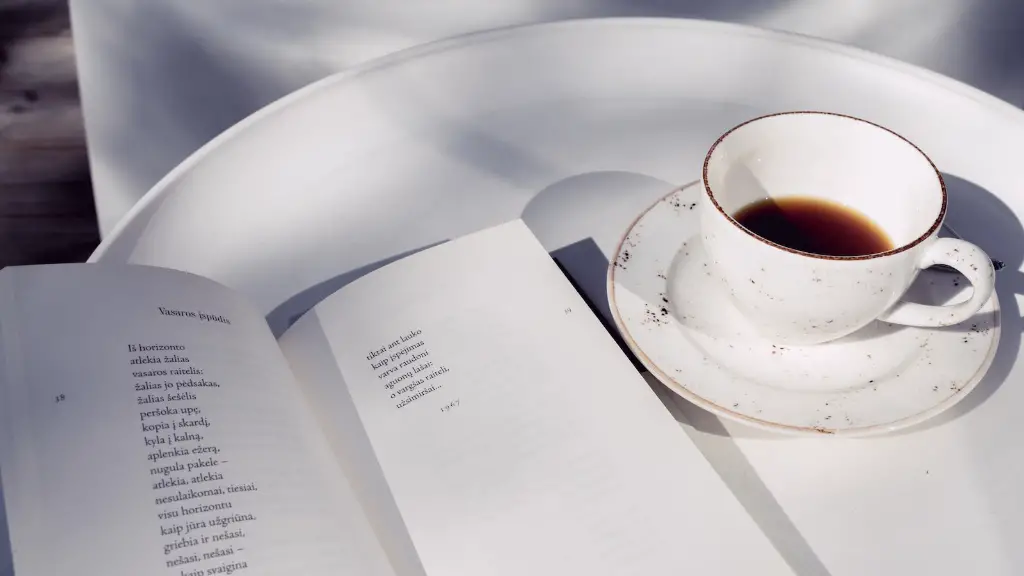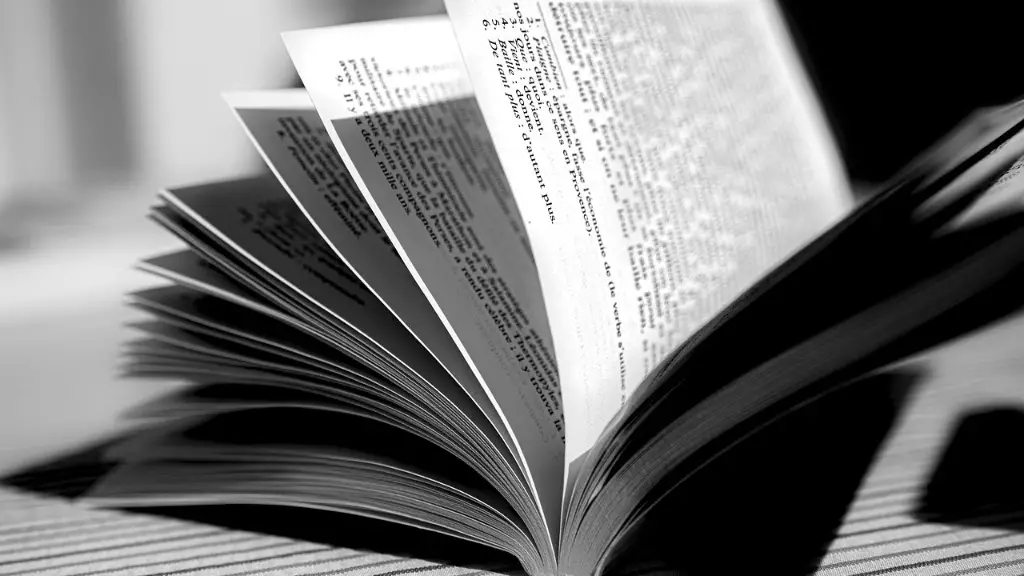Analyze the Poem
When writing an introduction for a poetry analysis, it is important to provide the reader with any context for the poem that will be analyzed. Consider what kind of information the reader would need before delving into the analysis, such as a general description of the poem’s structure,meter, and rhyme scheme. If there is an interesting or unique fact about the poem, this can also be included to encourage readers to delve further into the analysis.
Once the initial context of the poem has been established, it is beneficial to convey any relevant information regarding the author of the poem and the literary period in which it was written. This helps to provide the reader with a better understanding of the poem, not only in terms of meaning but also in terms of the author’s intent. Additionally, by mentioning any important features of the poem, it serves to prime the reader for the analysis that follows.
In order to examine the poem in a more in-depth way, it is important to explore the poem’s form and content. Review the poem for any interesting or important patterns that are present, such as typographical elements or metaphors. Consider how the poem’s diction and syntax interact to create a certain mood or effect. Pay attention to the use of figurative language and imagery, as well as any themes or symbols that may be woven throughout the poem.
Analyzing figurative language and imagery can be a great way to help readers understand the poem in more depth. Consider the effect of the words chosen by the author and how they interact with other parts of the poem. Identify any words that seem to stand out as important or especially emotive. Think about how these words evoke specific feelings in the reader and how they inform the meaning and purpose of the poem overall.
In addition to examining the poem’s form and content, it is important to consider the poem’s message and tone. Consider how the author has chosen to convey certain ideas and feelings. Think about the poem’s emotional impact and its implications for the world at large. By considering the message of the poem, readers can gain a deeper understanding of its meaning and the extent to which the poem speaks to a larger human experience.
Understand Imagery & Language
When writing an introduction for a poetry analysis, readers should be encouraged to explore the imagery and language of the poem. Imagery is a powerful tool that helps to create vivid mental images and illustrate the poem’s meaning. Consider the type of vivid imagery present in the poem and how it contributes to the poem’s message. It is also important to consider the poet’s use of figurative language and how this can be used to create a more vivid image for the reader.
The use of figurative language can be immensely powerful and can be used to convey powerful emotions. Consider the way language is used to create vivid mental images and evoke certain feelings in the reader. Think about the poet’s use of similes, metaphors, and other evocative devices. These tools can be used to illustrate a complex emotion or feeling and intensify the impact of the poem.
When exploring the language of the poem, readers should also take into account the poem’s sound and rhythm. Think about how the poem flows and what sort of sound it creates. Consider the elements of meter, rhyme scheme, and rhythm present in the poem and how they can help to create a captivating lyrical rhythm. Take note of any striking words or phrases when analyzing the poem’s sound and rhythm.
Additionally, consider the way in which the poet has chosen to construct the poem and how this contributes to the poem’s effectiveness. Pay attention to how the poem is organized and how this helps to contribute to the poem’s overall structure. Think about how stanzas, line breaks, and other types of layout help to create a certain mood and convey powerful emotions.
Explore the Poet’s Intent
When writing an introduction for a poetry analysis, it is important to consider the poet’s intent behind the poem’s creation. Consider the author’s background and the literary period in which they wrote. Think about any messages they were trying to convey and how this influences the poem’s overall message. Additionally, consider the poem’s implications for a larger human experience and the ways that it speaks to a larger human experience. With this understanding, readers can gain a better appreciation for the poem, as well as its importance.
Exploring the poet’s intent can also be beneficial for identifying any underlying themes present in the poem. Look for any recurring motifs or images and ask yourself why the poet has chosen to include these in the poem. Consider what the poem can tell us about the author’s life and experiences and how this relates to the poem’s overall meaning and purpose.
In addition to exploring the poet’s intent, it can be beneficial to consider how the poem relates to the larger literary context. How does it stand out compared to other works by the same author, or other poems of the same genre and period? Think about how the poem reflects larger trends in poetry or literature and how this can be used to gain a better understanding of the poem’s importance.
Highlight Literary Devices
When writing an introduction for a poetry analysis, it is also important to consider any literary devices present in the poem. Examining literary devices can help to illuminate the poem’s meaning and add depth to the analysis. Consider what literary devices the poet has used to convey certain ideas or emotions and how this affects the overall impact of the poem.
Look for examples of alliteration, assonance, and consonance and think about how these can enhance the poem’s meaning and message. Consider the use of rhyme, repetition, and other elements of music to help create a certain atmosphere or mood in the poem. Additionally, look for examples of irony, satire, and other forms of figurative language and analyze how they can be used to convey certain feelings.
When examining the poem, it is also important to consider the significance of any symbols the poet has used. Ask yourself why the poet has chosen to use these symbols and what they might mean. Consider how these symbols can help to convey the poem’s meaning and impact the poem’s overall message. Take note of any important motifs or images and consider how the poet has used them to develop the poem’s meaning.
Create a Main Focus
When writing an introduction for a poetry analysis, readers should be encouraged to identify a main focus for the poem. Consider what part of the poem is most interesting or noteworthy and make this the main point of focus. Give particular attention to any unique or emotive language used by the poet and explore how this contributes to the poem’s meaning and message. In addition, consider how particular elements of the poem interact with each other and how this helps to create a certain atmosphere or effect in the poem.
Identifying a main focus will also help the reader to better organize the analysis. Think about how the poem’s structure contributes to its overall message and meaning and how certain elements of the poem interact with each other. Also consider any important sounds or motifs in the poem and how they can help to convey certain ideas or emotions.
Additionally, consider the poem’s title and how it relates to the poem’s broader message. Think about any themes or symbols the poet has chosen to explore through the poem and how these can be used to understand the poem’s meaning and purpose. Once a main focus has been identified, the reader can delve further into the analysis and offer more detailed insight into the poem’s meaning.
Cite Any Sources
When writing an introduction for a poetry analysis, remember to cite any sources used. This is particularly important when referencing any background information or research regarding the poem or its author. Additionally, citing any sources can help to ensure that all of the analysis is based on valid and reliable information.
References should be included at the end of the introduction, and some readers may prefer to include them as footnotes. If citing another scholar’s work, be sure to indicate the source in the text and also include an in-text citation, either in parentheses or as a footnote.
Finally, make sure to review the poem and introduction for accuracy before submitting it for publication. This will help to ensure that the analysis is accurate and that the information is correct. Additionally, consider asking a colleague or friend to review the analysis for any errors or areas that need further clarification.
Engage the Reader
When writing an introduction for a poetry analysis, readers should be encouraged to engage the reader. This can help to establish a connection between the reader and the poem, as well as help to foster a deeper understanding of the poem and its meaning. Present the poem in an inviting and engaging way to encourage readers to delve further into the analysis.
In order to engage the reader, the introduction should focus on highlighting the poem’s strengths and emphasizing its importance. Consider the poem’s relevance to a larger human experience and think about how readers can benefit from exploring it. Additionally, think about what elements of the poem make it unique and how these can be highlighted to encourage readers to think critically about the poem.
Finally, think about how the poem can be used to start a conversation about the larger themes explored in the poem. Consider the implications of the poem for society and think about what readers can learn by exploring the poem’s message. Consider the relevance of the poem today and how it can be used to spark meaningful dialogue and critical reflection.
